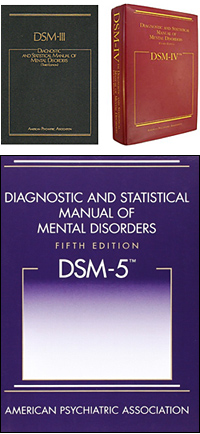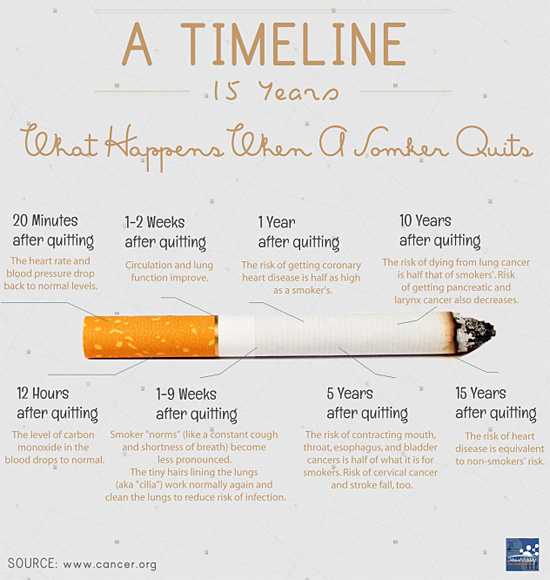Did you ever wonder how a doctor could diagnose a variety of mental disorders after examining a patient with ambiguous symptoms? Enter the DSM.
 The Diagnostic and Statistical Manual of Mental Disorders (DSM) is published by the American Psychiatric Association (APA) and is used by psychiatrists and clinicians to diagnose psychiatric illnesses. Because the DSM is the manual of record for all mental health professionals in the United States, it is often referred to as the “bible of psychiatry.”
The Diagnostic and Statistical Manual of Mental Disorders (DSM) is published by the American Psychiatric Association (APA) and is used by psychiatrists and clinicians to diagnose psychiatric illnesses. Because the DSM is the manual of record for all mental health professionals in the United States, it is often referred to as the “bible of psychiatry.”
The goal of the DSM is to provide an evidence-based manual that is useful to clinicians in helping them accurately diagnose mental disorders. The manual has been revised, updated and republished five times, most recently in May 2013 with the release of the DSM-5.
A need for medical science to classify and gather statistics about mental diseases is the inspiration for the DSM. The first real attempt at this started with the 1840 census, though there was just a single category for mental conditions, called idiocy or insanity. The manual as we know it today didn’t come out until 1952 and was largely developed by psychiatrists in the U.S. Army.
Though the DSM has evolved and adapted as medical science has progressed, the manual is still broken into three major components.
What are the Three Components of the DSM?
- Diagnostic Classification – these are the mental disorders that are officially recognized as part of the DSM. Healthcare professionals diagnose their patients using the classifications, in this section, that most accurately reflect the symptoms an individual is experiencing or displaying.
- Diagnostic Criteria Sets – this section of the manual breaks down which symptoms must exist, and for how long, in order for a diagnosis to be made. It also outlines what symptoms, disorders and conditions should not be present in order to receive a diagnosis. This section of the manual has been shown to improve the consistency of conditions that are diagnosed. The manual, though, suggests that these criteria should be used as guidelines and not in a “cookbook” fashion.
- Descriptive Text – the text of this section describes each disorder under different headings, such as “Subtypes and/or Specifiers,” “Development and Course” or “Cultural-Related Diagnostic Issues.”
The DSM is used to diagnose depression, anxiety, bipolar, ten types of personality disorders, and even substance abuse disorder, among many others.
Who Uses the Diagnostic and Statistical Manual of Mental Disorders?
In the United States, the DSM is not just used by clinicians. Health insurance companies, pharmaceutical companies, psychiatric drug regulation agencies, even U.S. courts and policymakers refer to the manual as the guide for mental disorders. Because the DSM is used by such a cross-section of industries, it is rarely published without controversy following in its wake.
In the latest edition of the manual, the DSM-5, many of the updates received harsh criticism in the psychiatric community. One of the most outspoken critics has been Dr. Allen Frances, psychiatry professor emeritus at Duke University and chair of the DSM-4 task force. Dr. Allen refers to some of the changes made to some of the conditions, like disruptive mood dysregulation disorder, major depressive disorder and eating disorders, as “a sad day for psychiatry.”
Regardless of the criticism, the Diagnostic and Statistical Manual of Mental Disorders is the most commonly used diagnostic tool for mental health professionals in the world.






